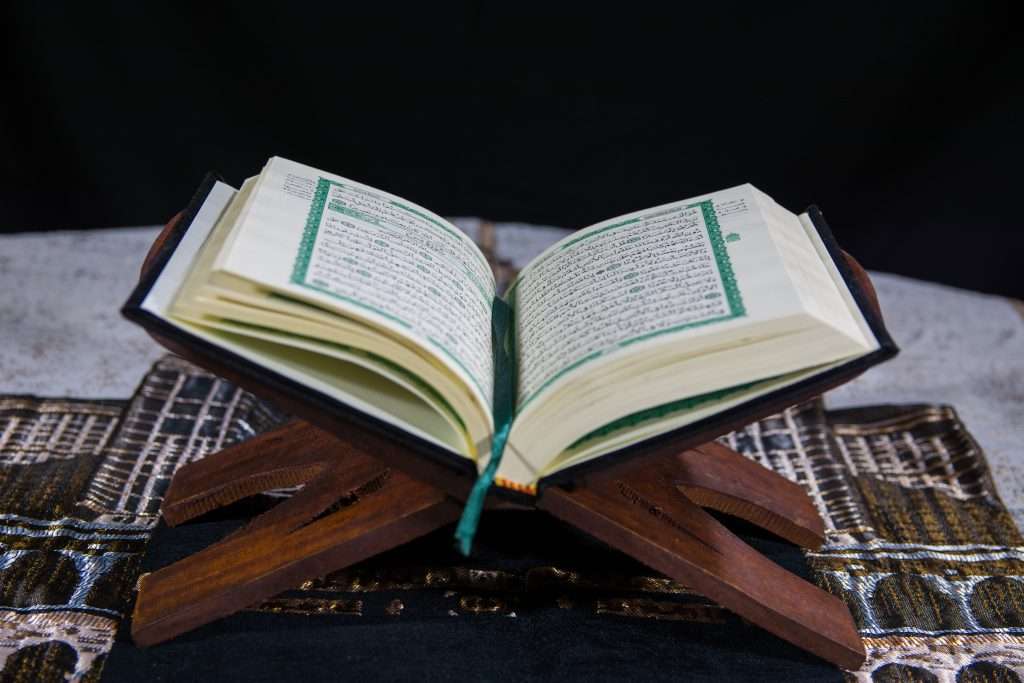Introducing Tajweed: The Quran, the holy book of Islam, is not just a written scripture, but also a work of profound beauty and divine guidance. The intricate art of reciting the Quran with proper pronunciation, intonation, and rhythm is known as Tajweed. Tajweed is an essential aspect of understanding and appreciating the Quran, as it ensures accurate recitation and enhances the spiritual experience. In this blog post, we will explore the significance of Tajweed in the Quran and its impact on the recitation of the sacred verses.
Understanding Tajweed: Tajweed, derived from the Arabic word “j-w-d,” meaning “to make better,” refers to the rules and principles of pronunciation in Quranic recitation. It is a science that focuses on perfecting the pronunciation of Arabic letters, their attributes, and the specific rules governing their pronunciation in different contexts. Tajweed helps to avoid errors and misinterpretations, ensuring that the recitation remains true to the original form of the Quran.
Importance of Tajweed: The importance of Tajweed lies in its role of preserving the authenticity and eloquence of the Quran. Proper Tajweed facilitates a clear and melodious recitation, creating a deep impact on both the reciter and the listener. It enables the reciter to convey the intended message of the Quran with accuracy and precision, while allowing the listener to fully comprehend the words of Allah. Tajweed enhances the beauty and rhythm of the recitation, making it more captivating and spiritually uplifting.
The Rules of Tajweed: Tajweed encompasses various rules and principles that govern the pronunciation of each letter, as well as the correct pronunciation of vowels, elongations, and pauses. Some of the fundamental rules of Tajweed include:
- Makharij al-Huroof: This rule focuses on the correct articulation of each Arabic letter from its specific point of pronunciation within the mouth or throat.
- Sifaat al-Huroof: It deals with the attributes and characteristics of each letter, such as points of articulation, lengthening or shortening, and emphasis.
- Ghunnah: Refers to nasalization and occurs when certain letters are followed by a nasal sound, adding depth and resonance to the recitation.
- Madd: This rule relates to the elongation of specific letters within certain words, giving a melodious effect to the recitation.
Benefits of Reciting with Tajweed: Reciting the Quran with Tajweed brings numerous benefits, both spiritual and personal. Here are a few key advantages:
- Preservation of the Quran: Tajweed ensures the preservation of the Quran’s original form and prevents any distortion or misinterpretation of the sacred text.
- Enhanced Understanding: Correct pronunciation and application of Tajweed rules aid in better understanding the meaning and context of the verses, leading to a deeper connection with the message of Allah.
- Improved Memorization: Tajweed helps in memorizing the Quran more efficiently, as the rhythmic and melodic recitation enhances the brain’s ability to retain information.
- Spiritual Upliftment: The beauty and eloquence of Tajweed recitation have a profound spiritual impact, creating a sense of tranquility, reverence, and awe in the hearts of both the reciter and the listener.
Conclusion: Tajweed plays a crucial role in ensuring the accurate recitation and understanding of the Quran. It is not merely a technical aspect of pronunciation but rather a gateway to a deeper spiritual experience. By reciting the Quran with Tajweed, Muslims can preserve the beauty and integrity of the divine scripture, allowing its profound message to resonate within their hearts. May we all strive to recite the Quran with Tajweed and seek the blessings and guidance it offers.
